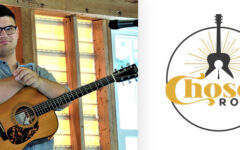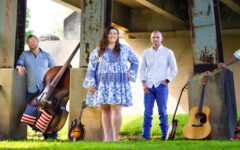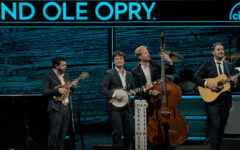 We have posted a few times previously about bluegrass bands composed of Jewish musicians, or Jewish bluegrass artists who seek to explore their faith through music. What they produce can be a fascinating counterpoint to the rich tradition of Gospel music within our music, as well as a new avenue for converts to bluegrass.
We have posted a few times previously about bluegrass bands composed of Jewish musicians, or Jewish bluegrass artists who seek to explore their faith through music. What they produce can be a fascinating counterpoint to the rich tradition of Gospel music within our music, as well as a new avenue for converts to bluegrass.
It seems that most Jewish grassers perform, write or facilitate within our community primarily as bluegrass folks – except for the discussions that pop up when IBMA week conflicts with the High Holy Days, as they often do. Those that do make their music specifically Jewish in character have been prone to half-jokingly refer to what they do as jewgrass – a term I first heard 30 years ago within a group of Jewish bluegrass musicians from New York.
While we were absorbed with preparations for IBMA in late September, Smithsonian.com ran a very interesting article by Jen Miller on just this subject. She interviewed a number of people who celebrate this melding of identities.
Bluegrass lyrics celebrate country living, but many of the people singing them are city folk. Jerry Wicentowski grew up in Brooklyn in the 1960s and fell in love with bluegrass during the folk revival. For religious Jews like Wicentowski, there was a rebellious element to being a fan of the music. Bluegrass became his escape. During the week, he studied at an insular yeshiva; on the weekends he played guitar in Washington Square Park.
After earning a Master’s degree in Hebrew and Semitic Studies and then drifting away from Judaism, a series of life events led Wicentowski to return to religion. Eventually, he found himself a man with two strong identities: a Jew and a bluegrass musician. He began to fuse the two. Wicentowski worked on an album with mandolin virtuoso Andy Statman called “Shabbos in Nashville,” which featured Jewish songs in the style of 1950s bluegrass. Later, he founded his own band, Lucky Break. The Minnesota-based quartet bills itself as “uniquely American, uniquely Jewish,” by mixing “the stark beauty of Appalachian music with Shabbat Z’mirot,” or Sabbath songs.
If this topic interests you, the entire article can be read online.







